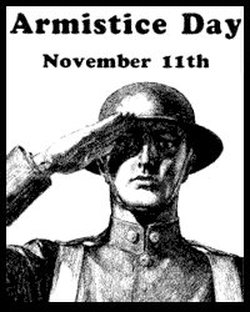 As the anniversary of the Armistice fades away for another year, I take a moment to reflect on all those who sacrificed in the name of "Country." Though this day is different than Memorial Day where we remember those who "gave all," Veteran's Day is inescapably tied to that solemn day in May. Those living who pledged to give their lives knew not what awaited them the day they raised their right hand. Many veterans have seen the worst that battle can offer, losing something there on that hill/sand/mud/rock/water that could never come home with them. No matter it's label – “shell shock,” “battle fatigue,” “PTSD” – it represents that chunk of their soul that instantly disintegrated, leaving them for the rest of their lives like an amputee - having to modify their internal environment to allow accessibility. And there are many – like me – who have never had to raise a weapon at another human being with the intent of ending their life nor had one pointed at me, making me wonder if I would lose mine. But I am reminded of what was taught in Leadership School: We are a member of the Profession of Arms. It doesn't matter what rank you are, what your job is, where you're stationed, or how many years you have served. What matters is that you chose to stand in the Gap. I recently made a new friend who is a US Navy veteran and a PhD candidate. He joined up after 9/11 and was deployed for a time overseas. The conversation evolved to this very topic. He said very succinctly (and colorfully, of which I will reduce the saturation since this is a mixed audience): "I don't care that not everyone knows what it's like to carry an M4 around all day. Every job in the military has my full respect. You know why? Because when I needed to be picked up in a hurry downrange in Afghanistan, I wasn't just grateful for that pilot landing that C-130; I was grateful for the air traffic controller who said he could take off, the mechanic who made sure all those props would spin, the guy that pumped his gas. Hell, I was so *effing* grateful for the cook who made his breakfast so that all he had to worry about was getting my ass out of there, not thinking how hungry he was. We ALL have important jobs that tie into each other. It ain't just about the pilots and the Special Forces guys (tho they think so), it's about doing our frigging job when the time comes." That 5-minute conversation said more to me than the several days spent on that module in the classroom. So regardless what your job was/is, it matters. Thank you to all my past and current Brothers-and-Sisters-in-Arms. What we did/do, matters. Enjoy *your* day.
0 Comments
|
D BaconArchivesCategories |
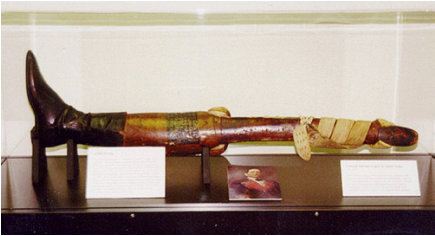
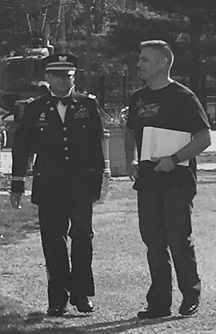
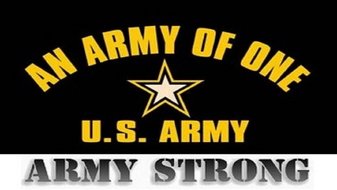
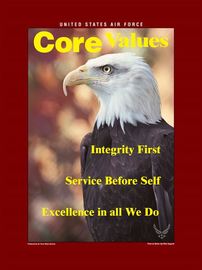
 RSS Feed
RSS Feed